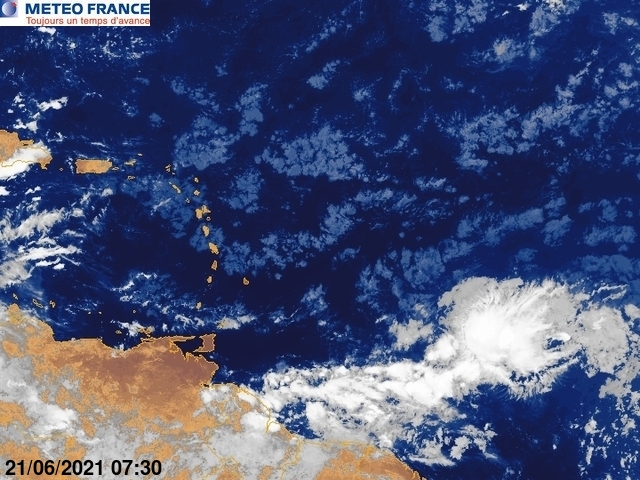Here's the 925 mb analysis from the PREDICT NCAR-GV flight that ran from 12-18Z today. We investigated what we're calling PGI48L. Originally, we were planning to investigate PGI51L, but we decided to go further east given the latest model data and analyses from this morning. You can see there are some pretty strong winds on the N side of the system - upwards of 40 knots! We found an area of southwesterlies stradling 10N indicative of a pretty strong wave axis, which we didn't expect to find. Combining this data with an ASCAT pass from this morning suggests a elongated area of convergence and cyclonic curvature in the low-level winds extending from 12.5N, 55W to about 10N, 48W. North of this, there is a strong easterly low-level surge. The combined curvature of the flow and speed shear to the N leads me to believe the relative vorticity is much higher than first thought. Also, this system is a separate entity from PGI49L, which is to the east and can be seen quite well in the total precipitable water as a breaking wave feature.
The ECMWF and CMC (GGEM) are the only two models developing this area in about 24-72 hours. Comparing the 00Z ECMWF 12 hour forecast with the GV data suggests it has the best representation of what's going on. The wildcard is how this area interacts with PGI49L to the east in the coming days.

















